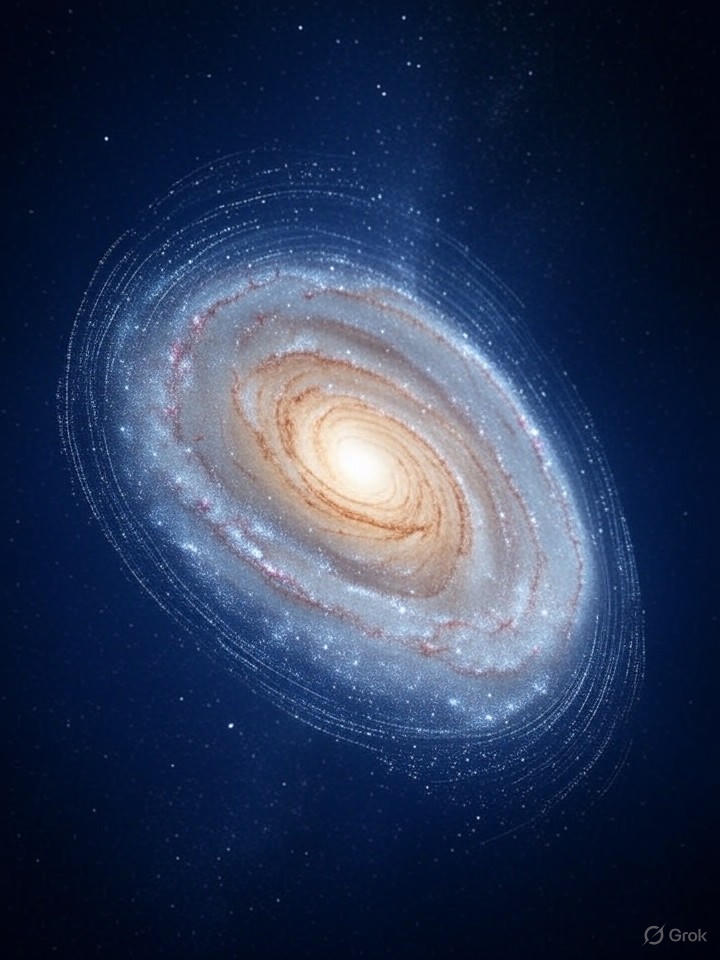Researchers have made a significant advancement in astrophysics by using artificial intelligence to simulate the entire Milky Way galaxy, which contains an estimated 100 billion stars. This groundbreaking work, led by Keiya Hirashima at the University of Tokyo, compresses computations that would traditionally require 36 years on supercomputers into just a few days. The findings, detailed in recent publications, open new avenues for understanding the evolution of galaxies.
Central to this innovation is a deep learning surrogate model that allows scientists to predict gas dynamics following supernova explosions without relying on time-consuming calculations. This model integrates micro-scale events, such as the deaths of individual stars, with the macro-scale structures of the galaxy, including its spiral arms. Traditional simulations often treated star clusters as single entities, leading to a loss of detailed information about individual stellar evolution.
Overcoming Computational Challenges
The new model, described as a “galaxy-scale N-body simulation with machine learning,” successfully merges AI with traditional physical simulations conducted on supercomputers. Hirashima and his team noted that this integration enables the simulation to capture both large-scale galactic dynamics and fine-scale phenomena simultaneously. Previous methods struggled with rapid changes, such as supernova events, due to limitations in computational intervals.
The AI model, specifically trained on data from supernova aftermaths, efficiently predicts gas expansion, thus speeding up processing times significantly. According to Space.com, this simulation is hundreds of times faster than its predecessors, showcasing the potential of AI in astrophysical research.
Insights and Future Implications
Beyond visualization, the simulation provides critical insights into the Milky Way’s history and future. It models how supernovae affect star formation rates and galactic structure over billions of years. This capability allows researchers to test hypotheses related to dark matter distribution, the influence of black holes, and chemical enrichment of the galaxy with unprecedented precision.
Funding from Japanese grants highlights the growing investment in integrating AI with astrophysics. The project also utilizes extensive supercomputing resources from Japan, addressing the limitations of traditional N-body simulations, which can struggle with larger particle counts. By leveraging AI to offload complex subroutines, this research is viewed as a paradigm shift in the field.
The accuracy of the simulation has been validated through comparisons with observational data from the Gaia spacecraft, confirming its ability to reproduce known stellar distributions without major discrepancies. As advancements in supercomputing continue, there are expectations for future iterations that could simulate even larger structures, such as galaxy clusters.
The implications extend beyond astrophysics. Other scientific fields, including climate modeling and particle physics, are looking to adopt similar AI integrations to tackle their complex challenges. With ongoing research and development, the team plans to make the simulation framework publicly accessible, democratizing access for researchers worldwide.
While the current model is transformative, it does assume simplified physics in certain areas, such as magnetic fields and radiation feedback. Future versions aim to incorporate these factors. As the field evolves, the synergy between supercomputing and AI is set to accelerate discoveries in cosmology and beyond, marking the beginning of a new era in astrophysical research.







